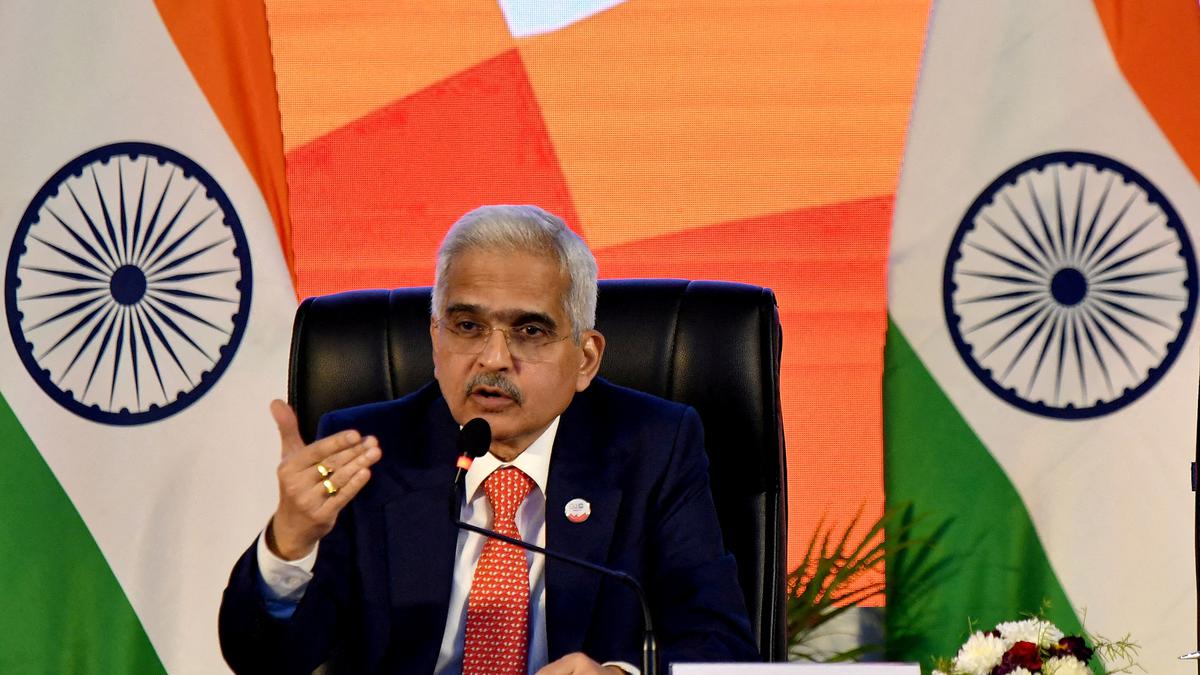The Reserve Bank of India (RBI) recently released the 28th issue of the Financial Stability Report (FSR), offering a comprehensive evaluation of the Indian financial system’s resilience and potential risks. The report, based on the findings of the Sub-Committee of the Financial Stability and Development Council (FSDC), sheds light on both global and domestic economic conditions.
Key Highlights of FSR Dec 2023
Global Economic Challenges:
- The global economy faces multifaceted challenges, including the prospects of slowing growth, elevated public debt, economic fragmentation, and geopolitical conflicts.
Resilience of the Indian Economy:
- Despite global challenges, the Indian economy and financial system exhibit resilience, supported by robust macroeconomic fundamentals, healthy financial institution balance sheets, moderate inflation, improved external sector position, and ongoing fiscal consolidation.
Commercial Banks’ Health:
- Scheduled commercial banks (SCBs) showcase strength with a Capital to Risk-Weighted Assets Ratio (CRAR) of 16.8% and a Common Equity Tier 1 (CET1) ratio of 13.7% in September 2023.
- SCBs’ Gross Non-Performing Assets (GNPA) ratio hits a multi-year low at 3.2%, with Net Non-Performing Assets (NNPA) at 0.8% in September 2023.
Macro Stress Tests:
- Stress tests project SCBs’ compliance with minimum capital requirements, projecting a system-level CRAR of 14.8%, 13.5%, and 12.2% in September 2024 under baseline, medium, and severe stress scenarios.
Non-Banking Financial Companies (NBFCs):
- NBFC sector resilience improves with a CRAR of 27.6%, GNPA ratio at 4.6%, and Return on Assets (RoA) at 2.9% in September 2023.
- High-risk stress scenario in the NBFC sector warrants monitoring due to increased inter-bank exposure, although system failure is not anticipated.
Credit and Deposit Growth:
- Credit growth remains robust, and deposit growth gains momentum in the Indian financial system.
- NBFCs contribute significantly to credit growth, particularly in personal loans and loans to the industry, with improved asset quality.
Concerns and Contagion Risks:
- Risks in the NBFC sector are assessed to be higher, and contagion risks may increase due to heightened inter-bank exposure.
- Recent risk weight adjustments in retail loan categories may impact NBFC credit growth at sectoral and sub-sectoral levels.
Overall System Stability:
- The Indian financial system, while stable, faces heightened global uncertainty, requiring continuous monitoring to detect any undue risk build-up.
- Prudent management of exposures and building financial buffers is emphasized to address potential challenges.
Non-Banking Financial Companies (NBFCs): Key Characteristics and Role
Characteristics of NBFCs:
- Legal Framework: NBFCs are entities registered under the Companies Act, 1956.
- Financial Activities: They engage in diverse financial activities, including loans, advances, and the acquisition of securities.
Exclusions from Principal Business:
- Scope: NBFCs exclude institutions primarily involved in agriculture, industrial activity, trading, or the purchase/sale of immovable properties.
Regulatory Oversight:
- Primary Regulator: NBFCs are primarily regulated and governed by the Reserve Bank of India (RBI).
- Additional Oversight: Some NBFCs may fall under the regulatory purview of other authorities like the Securities and Exchange Board of India (SEBI), Insurance Regulatory and Development Authority of India (IRDAI), etc.
Operational Limitations:
- Demand Deposits: NBFCs cannot accept demand deposits.
- Payment and Settlement System: They are not part of the payment and settlement system and cannot issue cheques drawn on themselves.
- Deposit Insurance: Deposit insurance facility is not available to depositors of NBFCs.
Contribution to Financial Inclusion:
- Bridge Gap: NBFCs play a crucial role in bridging the gap between traditional banks and customers.
- Access to Credit: Their presence is significant in areas where traditional banks have limited reach, contributing significantly to financial inclusion and access to credit.
Financial Stability and Development Council (FSDC)
- Establishment: The FSDC was established in 2010 with the objective of strengthening and institutionalizing mechanisms for maintaining financial stability.
- Leadership: The ex-officio chairman of FSDC is the Finance Minister.
- Mandate: The council aims to enhance inter-regulatory coordination and promote the overall stability and growth of the financial sector in India.
Financial Stability Report 2023: Key Highlights (June)
The 27th Financial Stability Report for June 2023, released by the Reserve Bank of India (RBI), outlines the global economic scenario and underscores India’s resilience despite prevailing challenges.
Global Economic Landscape:
- Challenges: Heightened uncertainty globally due to banking fragility, geopolitical tensions, and persistent but moderating inflation.
Indian Economic Resilience:
- Strengths: India’s economy and financial system display resilience, buoyed by robust macroeconomic fundamentals and sustained growth momentum.
- Positive Indicators: Current account deficit closure, increased forex reserves, ongoing fiscal consolidation, and a robust financial system contribute to India’s sustained growth path.
Banking System Strength:
- Historical Highs: Scheduled commercial banks (SCBs) achieve historic highs in Capital-to-Risk-Weighted Assets Ratio (CRAR) at 17.1% and Common Equity Tier 1 (CET1) ratio at 13.9% in March 2023.
- Improved Asset Quality: SCBs witness a 10-year low in Gross Non-Performing Assets (GNPA) ratio at 3.9%, and Net Non-Performing Assets (NNPA) ratio declines to 1.0% in March 2023.
Macro Stress Tests:
- Capital Adequacy: SCBs are projected to comply with minimum capital requirements even under severe stress scenarios.
- System-level CRAR: March 2024 projections stand at 16.1%, 14.7%, and 13.3% under baseline, medium, and severe stress scenarios, demonstrating resilience.
Important Questions Related to Exams
- What are the key challenges outlined for the global economy in the December 2023 Financial Stability Report, and how do they impact India’s financial stability?
- Explain the significance of the Capital to Risk-Weighted Assets Ratio (CRAR) and Gross Non-Performing Asset (GNPA) ratio in assessing the health of scheduled commercial banks (SCBs) according to the report.
- How do macro stress tests for credit risk contribute to the assessment of scheduled commercial banks’ (SCBs) resilience, and what are the projected CRAR figures under baseline, medium, and severe stress scenarios in September 2024?
- Highlight the improvements in the non-banking financial companies (NBFCs) sector, as mentioned in the Financial Stability Report, and elaborate on the potential risks associated with increased inter-bank exposure.
- Discuss the concerns raised in the report regarding contagion risks in the NBFC sector and the implications of recent risk weight adjustments on retail loan categories for NBFC credit growth.
Please provide your answers in the comment section!!



 AU Small Finance Bank Seeks Universal Ba...
AU Small Finance Bank Seeks Universal Ba...
 IndusInd Bank Launches ‘Wrestle for Gl...
IndusInd Bank Launches ‘Wrestle for Gl...
 SIDBI To Build $1B Fund For Green Financ...
SIDBI To Build $1B Fund For Green Financ...
